Geology Reference
In-Depth Information
lava are in constant motion, but when cooling begins, some
atoms bond to form small nuclei. As other atoms in the liquid
chemically bond to these nuclei, they do so in an orderly geo-
metric arrangement and the nuclei grow into crystalline
min-
eral grains
, the individual particles that make up igneous rocks.
During rapid cooling, as takes place in lava fl ows, the rate
at which mineral nuclei form exceeds the rate of growth and an
aggregate of many small mineral grains is formed. The result is a
fi ne-grained or
aphanitic texture
, in which individual minerals
are too small to be seen without magnifi cation (
Felsic magma
Mafic
magma
Figure 4.9a).
With slow cooling, the rate of growth exceeds the rate of
nuclei formation, and large mineral grains form, thus yielding
a coarse-grained or
phaneritic texture
, in which minerals are
clearly visible (Figure 4.9b). Aphanitic textures usually indicate
an extrusive origin, whereas rocks with phaneritic textures are
usually intrusive. However, shallow plutons might have an aph-
anitic texture, and the rocks that form in the interiors of thick
lava fl ows might be phaneritic.
Another common texture in igneous rocks is one termed
porphyritic
, in which minerals of markedly different size are
present in the same rock. The larger minerals are
phenocrysts
and the smaller ones collectively make up the
groundmass
,
which is simply the grains between phenocrysts (Figure 4.9c).
◗
Country rock
◗
Figure 4.8
Magma Mixing Two magmas mix and produce
magma with a composition different from either of the parent
magmas. In this case, the resulting magma would have an
intermediate composition.
The term
texture
refers to the size, shape, and arrangement of
the minerals that make up igneous rocks. Size is the most im-
portant because mineral crystal size is related to the cooling
history of magma or lava and generally indicates whether an
igneous rock is volcanic or plutonic. The atoms in magma and
a
b
Phenocrysts
c
e
d
f
◗
Figure 4.9
Textures of Igneous Rocks
a
Rapid cooling as in lava fl ows results in many small minerals and
an aphanitic (fi ne-grained) texture.
b
Slower cooling in plutons yields a phaneritic texture.
c
These porphyritic
textures indicate a complex cooling history.
d
Obsidian has a glassy texture because magma cooled too quickly
for mineral crystals to form.
e
Gases expand in lava to yield a vesicular texture.
f
Microscopic view of a rock
with a fragmental texture. The colorless, angular particles of volcanic glass measure up to 2 mm.
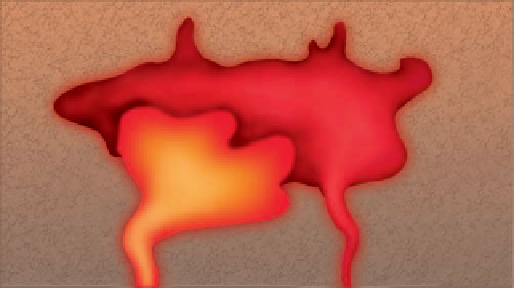






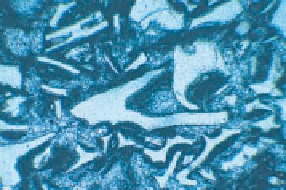
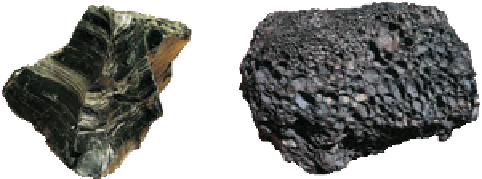



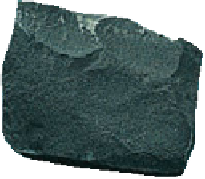
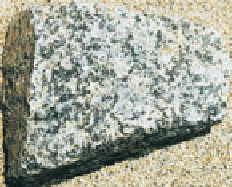


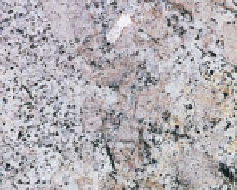
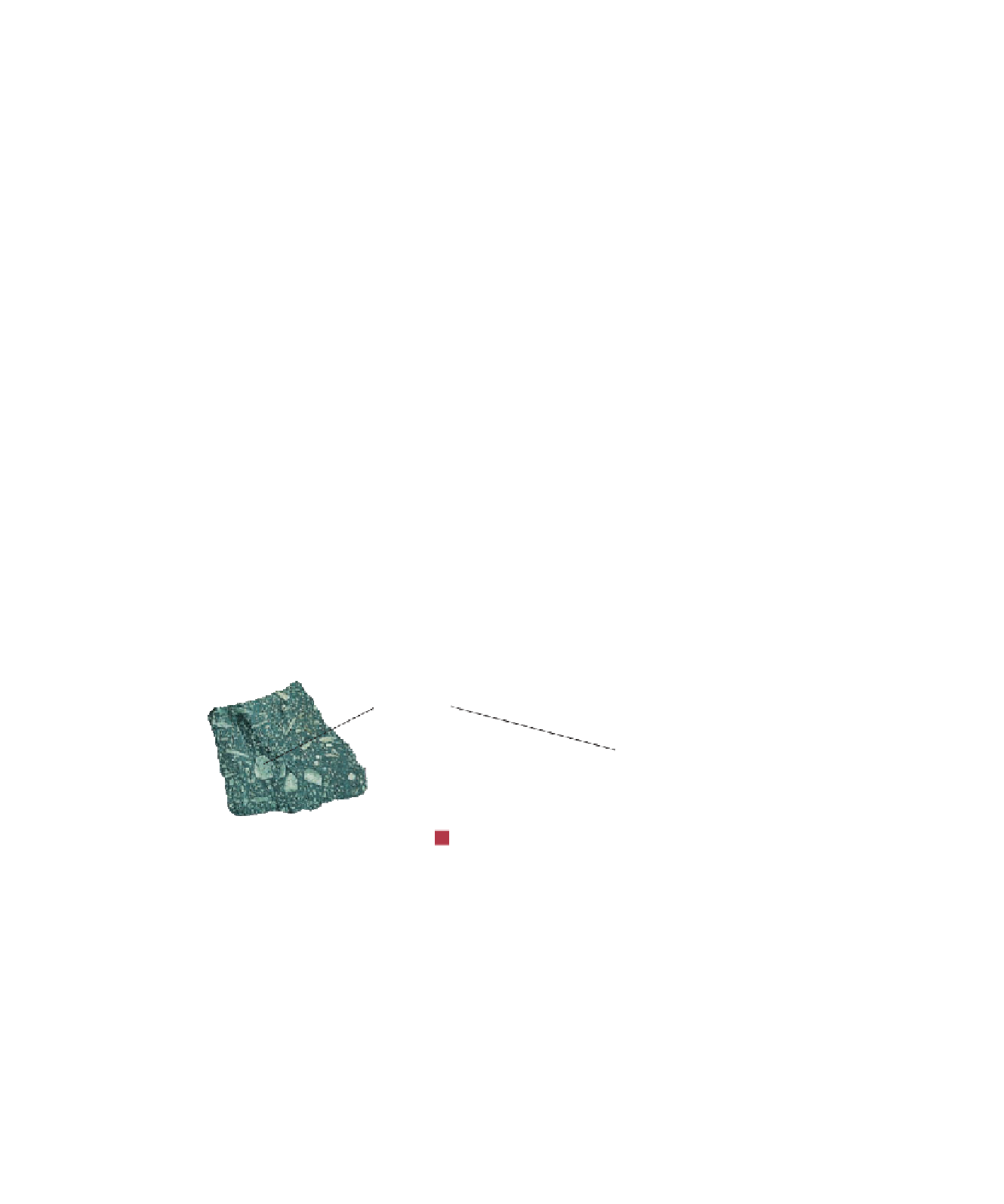
Search WWH ::

Custom Search